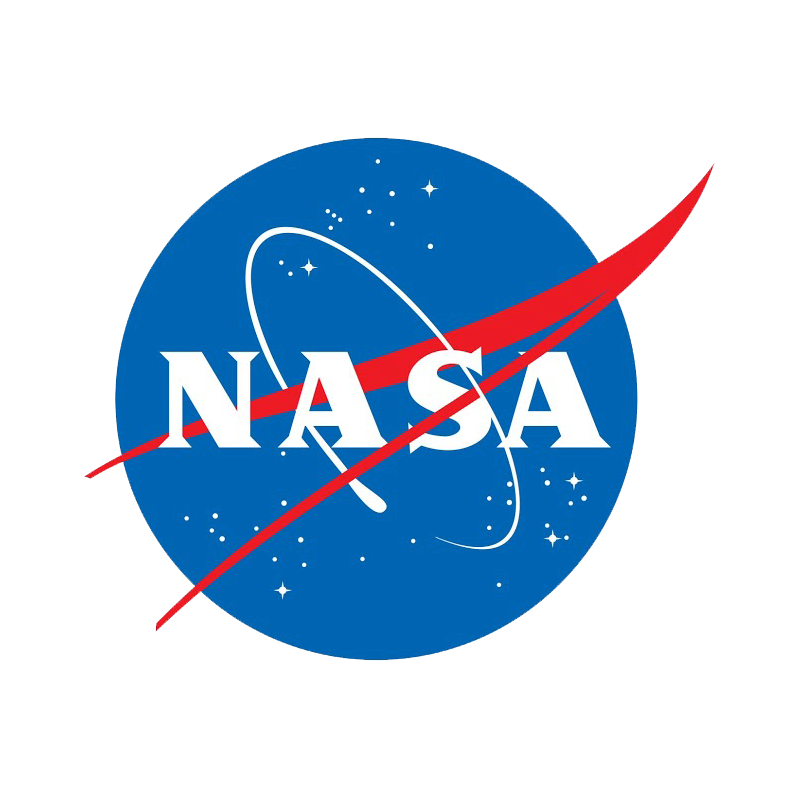While the Apollo 9 mission was close to wrapping up in low Earth orbit, on Mar. 11, 1969, NASA rolled the Saturn V rocket for the Apollo 10 mission to Launch Pad 39B at Kennedy Space Center. This marked the first use of the second pad at Launch Complex 39, with all previous tests and launches occurring at Pad A, half a mile away. Stacking of the Apollo 10 Saturn V’s three stages in the cavernous Vehicle Assembly Building (VAB) was completed in December 1968, with the Apollo spacecraft added in early February. The four-mile journey from the VAB to the pad differed somewhat from previous rollouts. The assembly of the Apollo 10 Saturn V was the first to take place in the VAB’s High Bay 2, which required the rollout to occur from the rear of the building, loop around to the front to rejoin the main crawlerway, and then make a left turn to reach Launch Pad B.
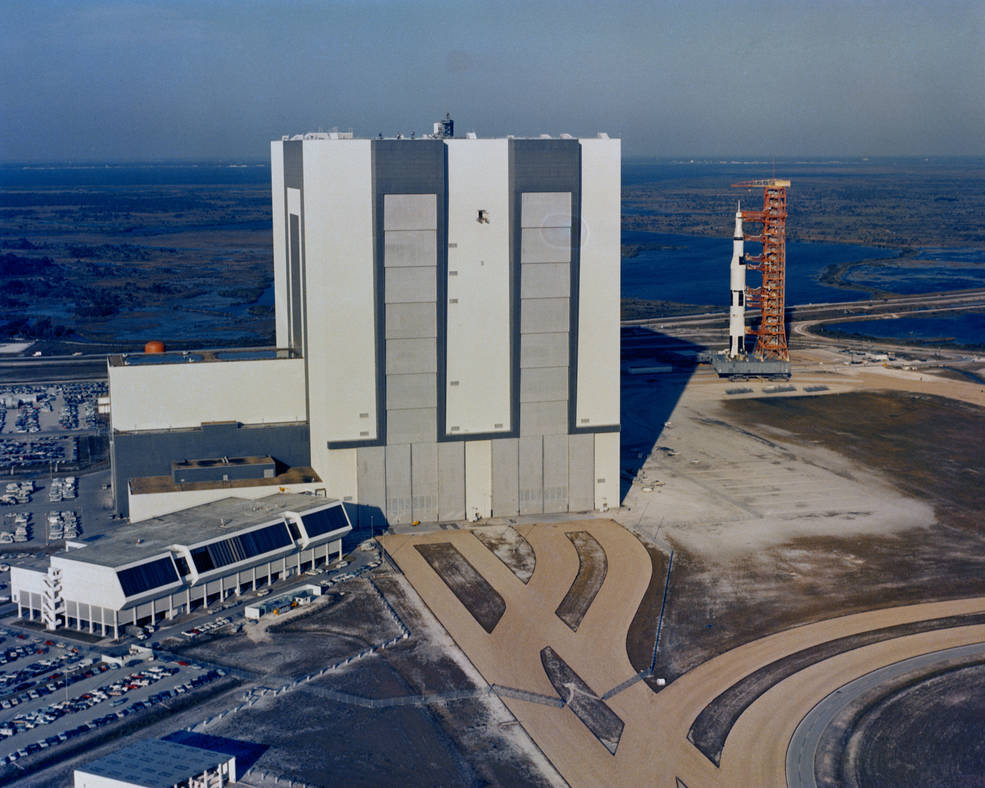
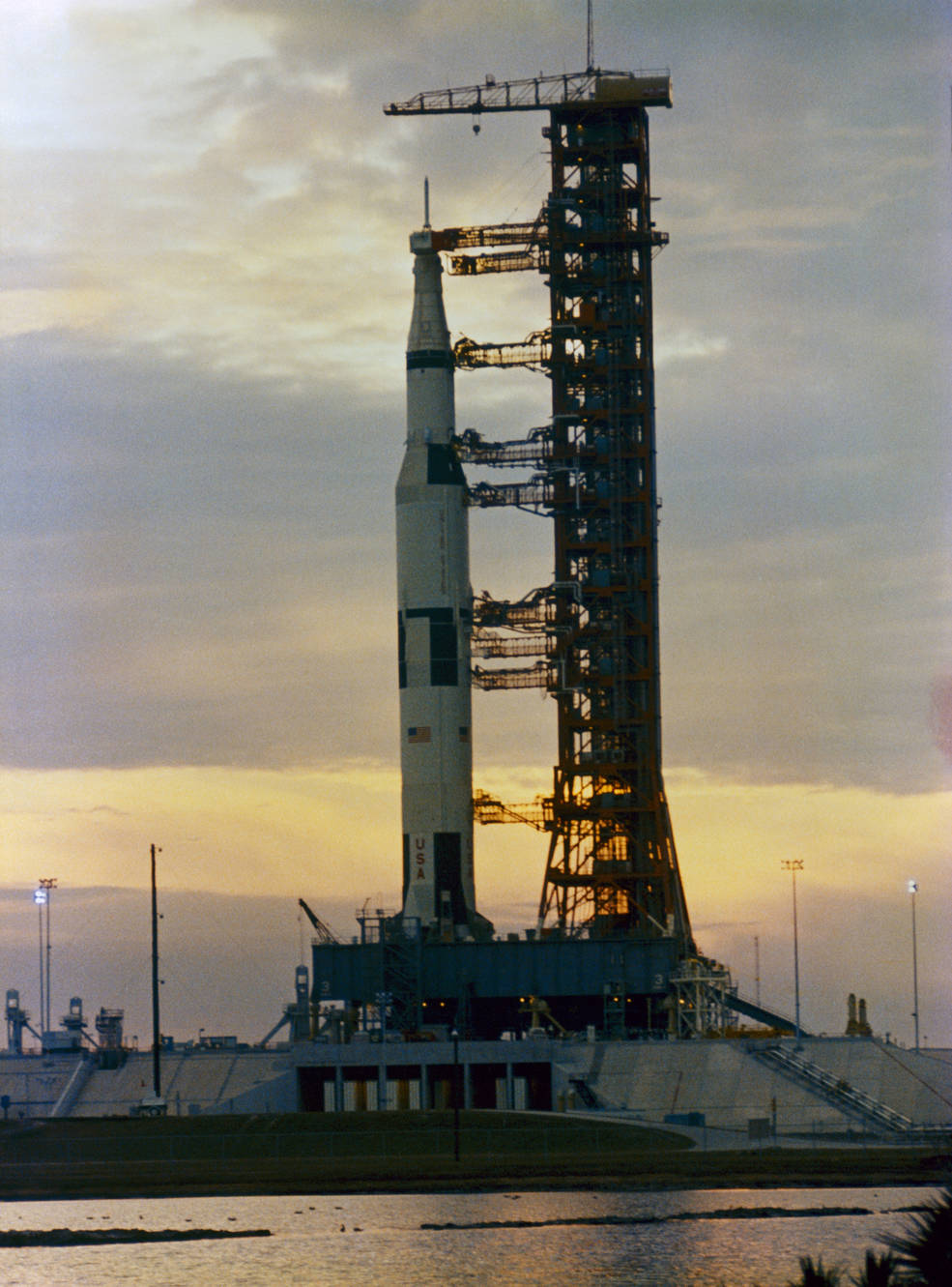
Left: The Apollo 10 Saturn V stack shortly after rolling out from the rear of the VAB.
Right: The Apollo 10 Saturn V, the first to use Launch Pad 39B.
The eight-day Apollo 10 mission, targeting a mid-May launch, was planned as a dress rehearsal of the Moon landing. The prime crew consisted of Commander Thomas P. Stafford, Lunar Module Pilot Eugene A. Cernan, and Command Module Pilot John W. Young, and their backups were L. Gordon Cooper, Edgar D. Mitchell, and Donn F. Eisele. After a three-day coast from Earth and insertion into a 60-mile high lunar orbit, Stafford and Cernan planned to enter their Lunar Module (LM) and separate from Young in the Command and Service Module (CSM). Using the LM’s Descent Propulsion System engine to lower their altitude, Stafford and Cernan will descend to about 50,000 feet above the lunar surface, and photograph the primary landing site for Apollo 11 in the Sea of Tranquility. The Ascent Propulsion System engine will then fire, in a simulation of a litfoff from the Moon, and Stafford and Cernan will then complete a rendezvous and docking with Young in the CSM. After jettisoning the LM’s ascent stage and completing 11 more orbits around the Moon, Apollo 10 will fire its Service Propulsion System engine for the retrun trip to Earth, ending with a splashdown in the Pacific Ocean. Except for the actual descent and touchdown to the surface, Apollo 10 will follow all the steps of the actual Moon landing mission.
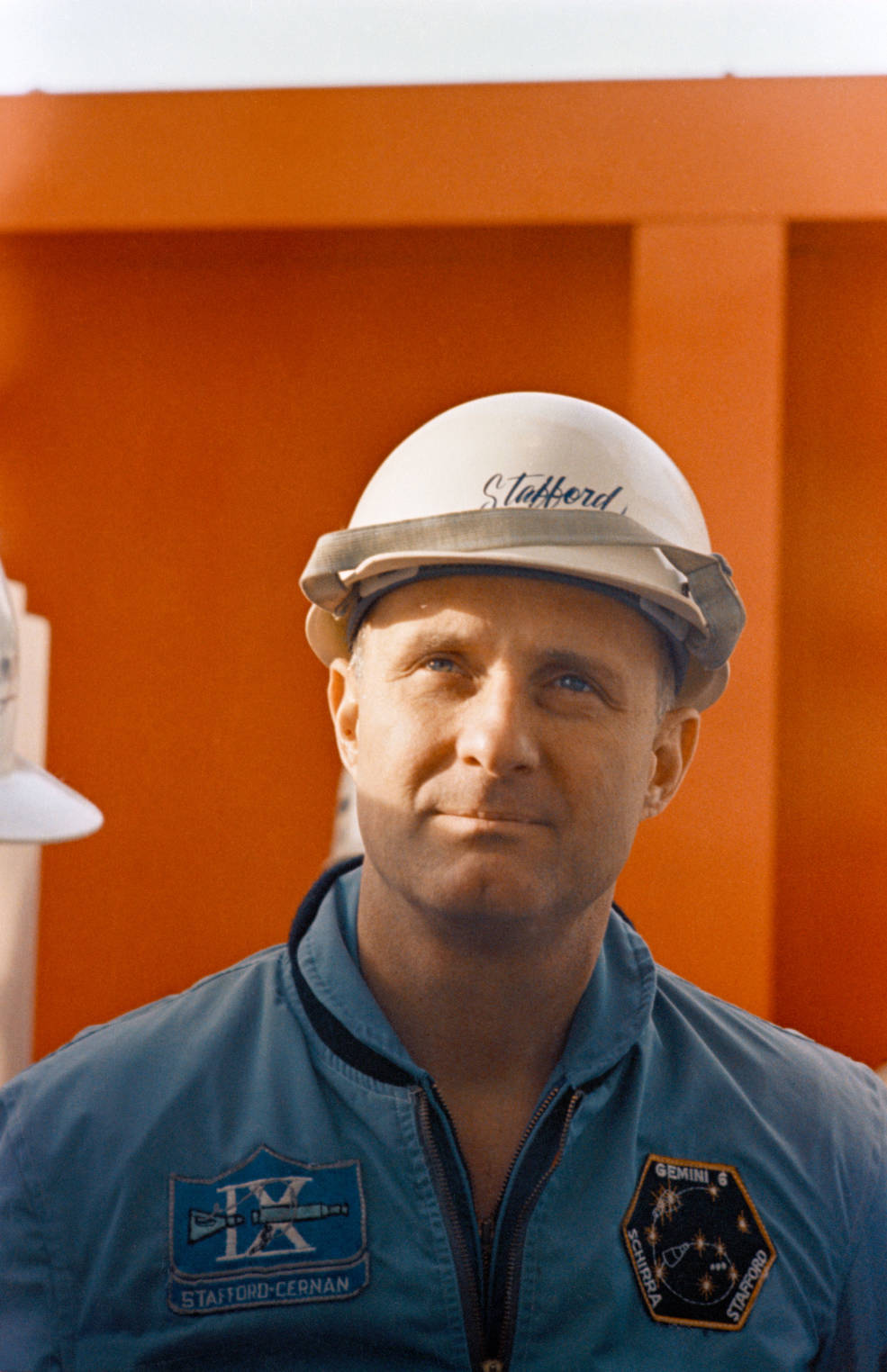
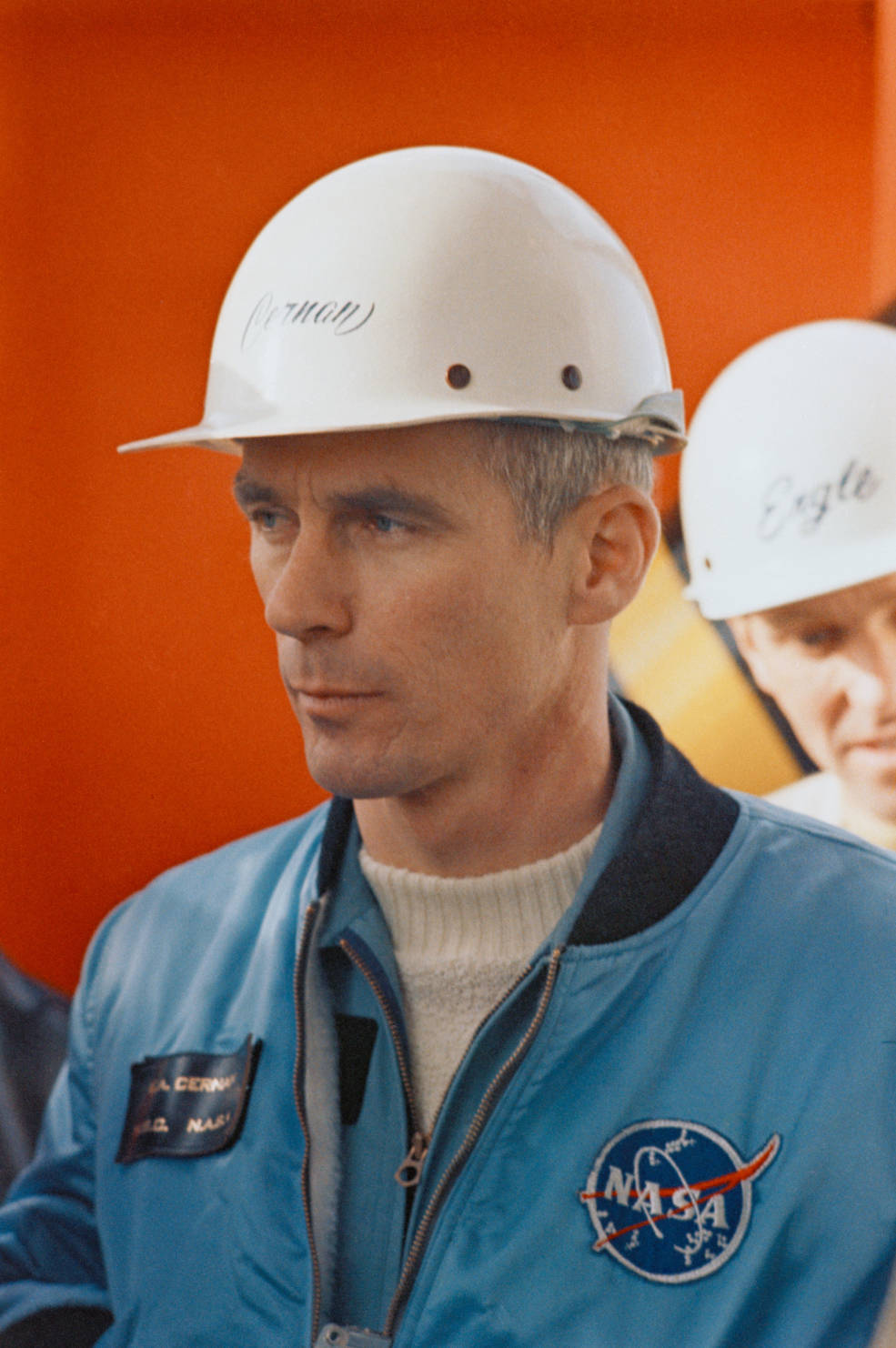
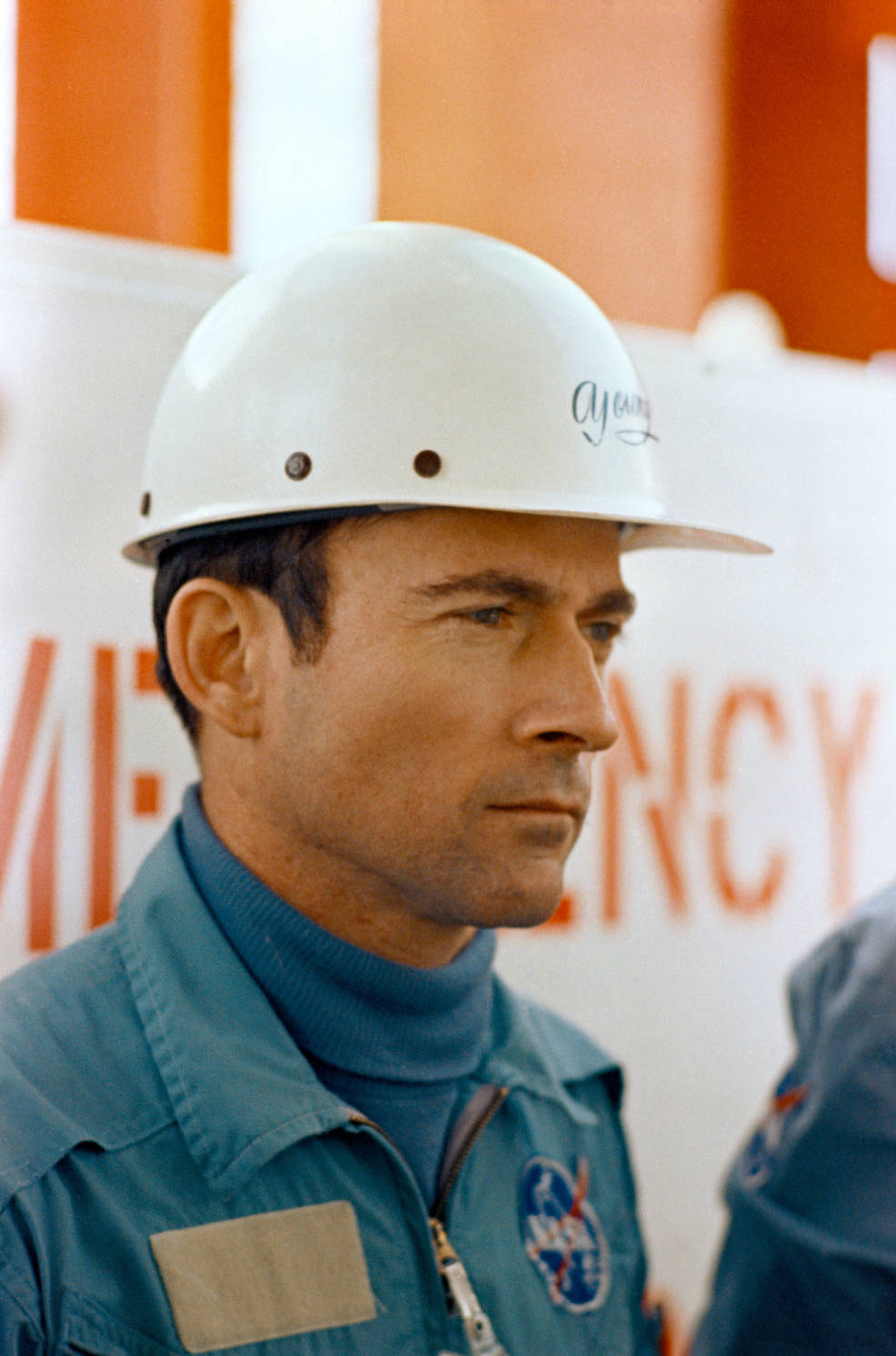
Apollo 10 astronauts (left to right) Stafford, Cernan, and Young at Launch Pad 39B during emergency egress training.















